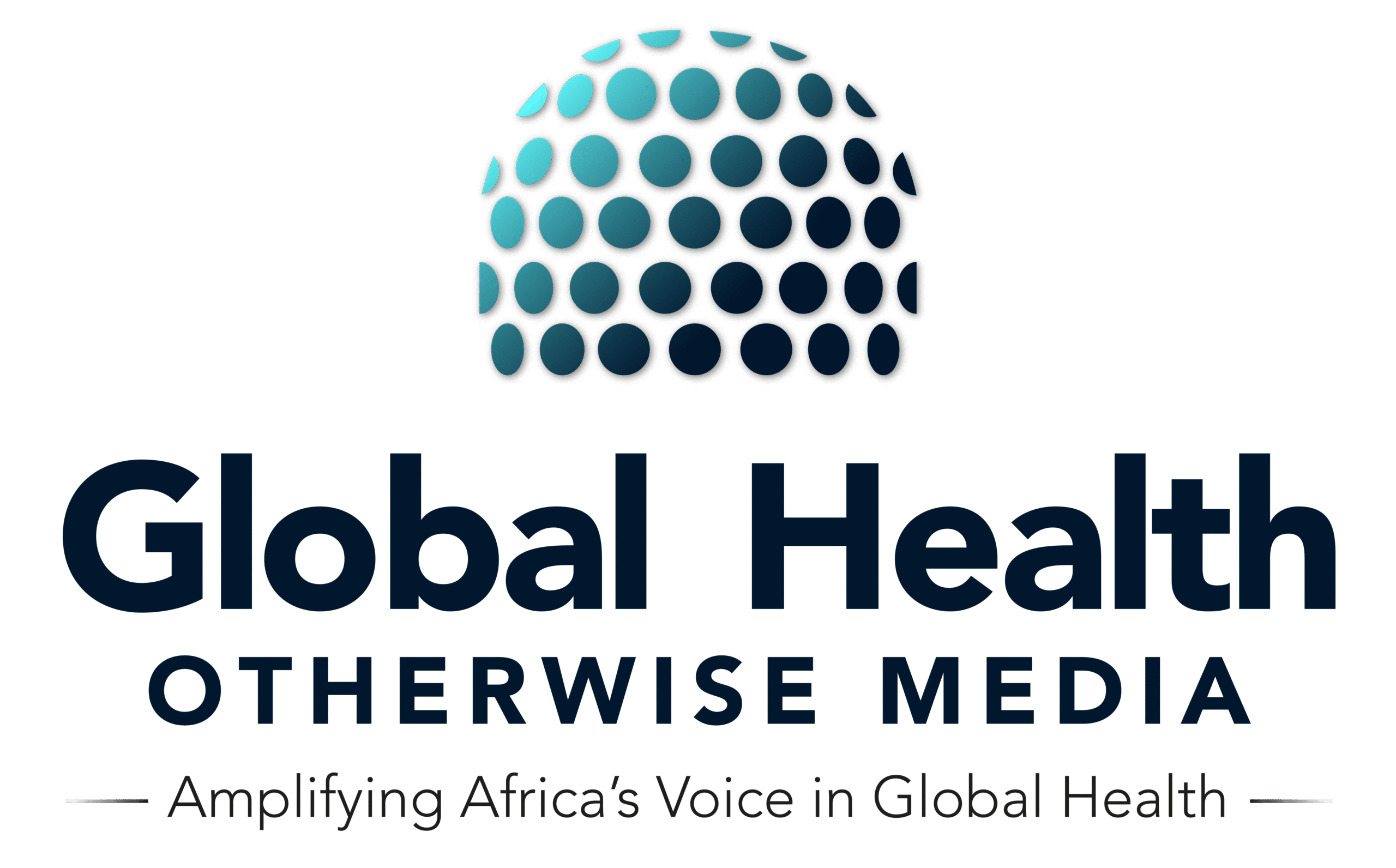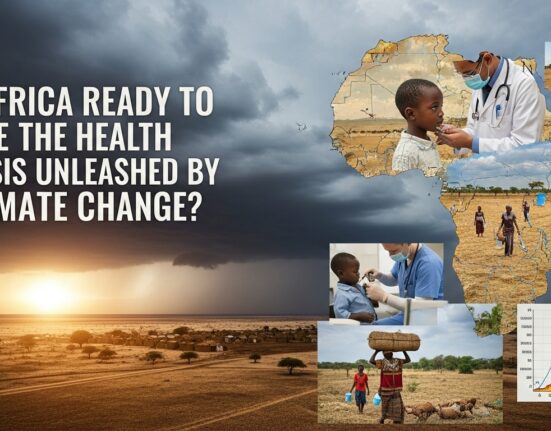In many African villages, the hum of a generator is rare, and the soft flicker of a kerosene lamp is all that lights the corners of a rural clinic. It is by this dim glow that nurses monitor labor pains, clean wounds, and sometimes, make impossible choices. In these settings, vaccines spoil in fridges that run unreliably on diesel, and healthcare services, particularly surgeries and antenatal care, are delayed or even cancelled. Nevertheless, the African sun blazes steadily, sending a very clear message to the continent.
According to the World Health Organization, nearly 15% of healthcare facilities in sub-Saharan Africa have no electricity at all, while only half of hospitals can rely on reliable power for essential services like vaccine refrigeration, nighttime deliveries, and emergency care. In such conditions, a single power cut can interfere with lifesaving care and put patients at grave risk.
Electricity: The Hidden Prescription
We often don’t think of electricity as a medical tool. But step into any rural health facility without it, and you quickly understand how vital reliable power is. Without electricity, storing vaccines becomes a challenge. Annually, over 50% of vaccines are wasted, primarily due to failures in cold storage across low-resource settings. In rural clinics across Africa, unreliable or nonexistent electricity often breaks this chain, resulting in spoiled doses, wasted funds, and missed immunization opportunities.
Encouragingly, innovative solutions are now turning the tide. In Uganda, where island health outposts on Lake Victoria once struggled with kerosene lamps and unreliable diesel generators, the story has changed. Today, thanks to UNICEF’s solar cold chain initiative, healthcare workers are using solar-powered fridges to preserve and deliver vaccines against measles, polio, and COVID-19, even to communities far beyond the reach of national electricity grids.
In Kenya, the transformation is national. With support from Gavi’s Cold Chain Equipment Optimization Platform, the Ministry of Health has installed over 2,000 upgraded cold chain units, many of them solar-powered, across all 47 counties. In Makueni County solar-powered freezers increased immunization coverage, with immunization rates in some villages leaping from under 25% to over 95%. The same freezers now protect vaccines and also store oxytocin for childbirth, transforming sunlight into a lifeline.
The absence of electricity isn’t just inconvenient; it can be deadly. Electricity powers many essential hospital services, such as sterilizing equipment, lighting delivery rooms at night, running ultrasound machines for expectant mothers, and enabling labs to process blood work accurately.
From Makeshift Clinics to Modern Care
With electricity, a simple clinic offering basic support can turn to a comprehensive, quality healthcare facility. In Malawi, midwife Fanny Chathyoka remembers the days she delivered babies by the dim glow of her mobile phone’s torch. Today, those nights are a distant memory, replaced by the brilliant lights of solar suitcases that illuminate delivery rooms and breathe new life into rural clinics. Compact, portable, and powered entirely by the sun, these kits come equipped with LED lights, fetal Dopplers, phone charging ports, and outlets for essential medical devices. For Fanny, this isn’t just a convenience; it’s a revolution.
Fanny reports that she no longer struggles with suturing or delivering babies at night, and that her cell phone is always charged and available for emergency calls. She can now monitor fetal heartbeats with clarity, sterilize her tools between deliveries, and make that vital emergency call without fear of a dead battery. Where uncertainty once loomed, sunlight now powers confidence and care. These improvements aren’t just anecdotal. A study by Sustainable Energy for All found that health facilities with electricity have 60% higher rates of skilled birth attendance and saw significantly improved maternal outcomes.
In Uganda, facilities that transitioned to solar reported a drop in neonatal mortality due to faster response times and better diagnostic capabilities. Clinics equipped with the WeCare Solar Suitcase saw stronger care outcomes, with a 9% improvement in obstetric care quality and a 25-minute reduction in procedural delays during nighttime deliveries.
For health workers, solar power doesn’t just ease tasks; it renews their sense of purpose. Constant blackouts had driven many nurses to quit rural jobs. Now, with clean, steady power, recruitment and retention are improving. Reliable electricity provides safer work environments, reduces burnout, and improves patient care.
Beyond Machines: Solar Power Builds Trust
Trust is the foundation of public health, and it’s often built or broken by small but meaningful details: a functioning lightbulb, a working refrigerator, a clean wound dressing. Without power, even the most dedicated health workers find their hands tied. When a woman walks miles to a facility only to be turned away because the lab can’t process blood or the delivery room is pitch black, she may never return.
However, when they witness a solar-powered incubator saving a premature baby, or see an ultrasound machine in use for the first time, their confidence in the system grows. In places where misinformation spreads quickly, a well-lit clinic powered by something as simple as sunlight can quietly and powerfully restore public trust.
Innovative Financing: Making Solar Affordable for Health Facilities
Electrifying a rural clinic in Africa isn’t as simple as flipping a switch. For many facilities, installing solar power is a logistical, financial, and technical mountain far more complex than simply mounting a few panels on a roof.
Upfront costs are steep, maintenance is unpredictable, and technical expertise is scarce. For health centres operating on shoestring budgets, even the promise of reliable solar power can feel out of reach. But this is precisely where a new wave of innovative financing is rewriting the script ensuring that clean energy isn’t just for the privileged, but a lifeline for the underserved.
Initiatives like Powering Healthcare and Solar for Health (led by UNDP) are bringing together governments, NGOs, and private sector partners to electrify clinics, not as a charity, but as a smart investment in systems that save lives. In Nigeria, for example, the Powering Healthcare initiative, a collaboration between Sustainable Energy for All, USAID, and the Rural Electrification Agency, has introduced results-based financing models that compensate clinics for delivering improved services powered by solar energy. NGOs are also stepping in. Companies like WeCare Solar have deployed over 10,000 WeCare Solar Suitcases to rural health centres across 20 African countries. These systems require minimal training to install and have dramatically improved maternal health in off-grid areas.
The path to solar power isn’t without challenges. Maintenance, battery replacement, and integration into national energy plans all require sustained attention. Solar must be seen not as a side project, but as core infrastructure, essential to healthcare just as hospital beds, running water, or trained staff. Because without consistent power, none of those vital resources can function at full capacity.
A New Chapter: A Future Where Sunlight Saves Lives
Africa stands at a crossroads, with its population not only the youngest in the world but also one of the fastest growing. Cities are expanding, but millions still live far from a clinic with reliable electricity. In these places, power isn’t just about light. It determines life and death. In this context, solar energy is no longer a luxury or a backup. It is the most practical path to universal, reliable healthcare. It is a power source that doesn’t wait for fuel deliveries, doesn’t fail during blackouts, and doesn’t pollute the air or strain national budgets.
Imagine maternity wards that never go dark. Labs that process tests within hours, not days. Fridges that never falter. Healthcare workers who stay, not because they have no choice, but because they can do their jobs safely and effectively. This isn’t a vision of the future; it’s already unfolding. One clinic, one solar panel, one life at a time.
Solar power may not cure every health crisis facing Africa. It won’t end pandemics, train doctors, or build hospitals on its own. But without it, many of the continent’s most promising health interventions will fall short, choked by unreliable infrastructure and avoidable delays.
The sun shines more generously over Africa than almost anywhere else on Earth. It’s time we recognize it as a strategic health asset, not an untapped backdrop. This isn’t just a story about energy. It’s a story about dignity, trust, and survival. A story that proves sunlight, quite literally, can save lives.


